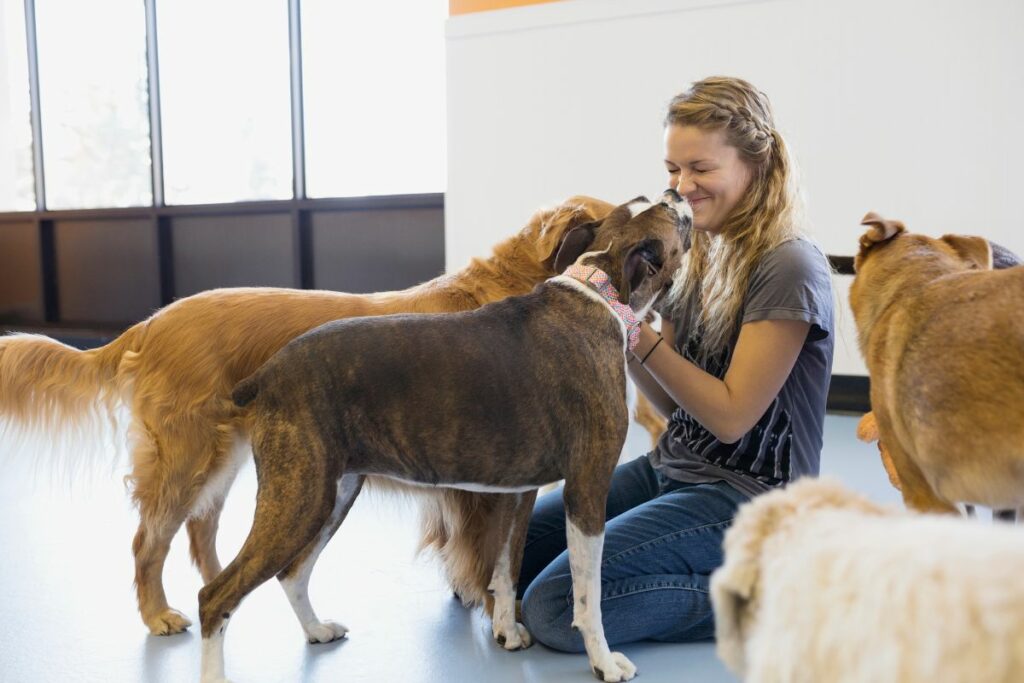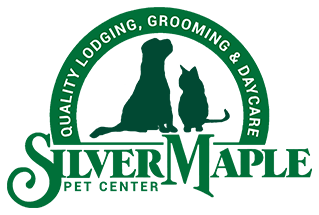How You Know If Your Dog Likes Daycare

As more pet owners seek the best care options for their furry friends, doggie daycares have surged in popularity. It’s a wonderful solution for busy dog parents who want to keep their pups active and socialized. But how do you know if your dog actually likes being at daycare? Recognizing the signs of your dog's happiness and ensuring their safety are crucial. Let's dive into the signs that suggest your dog is having a great time, and discuss how to choose a safe, stimulating environment for them.
Signs Your Dog Likes Daycare
Positive Physical Indicators
One of the most straightforward ways to tell if your dog enjoys daycare is by observing their physical and emotional reactions. If your dog bounds towards the door with a wagging tail each morning, it's a clear sign they are excited about the day ahead. Post-daycare, they should still display healthy behaviors:
- Vigorous tail-wagging when they know they’re headed to daycare.
- Maintaining a good appetite and sleeping soundly at night, signs they’re getting adequate play and exercise.
Behavioral Indicators
Your dog’s behavior offers significant clues about their daycare experience:
- Eager to enter the facility: Hesitation or reluctance can be a red flag.
- Positive interactions: Watch how your dog plays and communicates with other dogs and staff. Consistent positive engagement suggests comfort and enjoyment.
Feedback from Daycare Staff
The staff at your dog’s daycare are your eyes when you're not around. Their insights are invaluable:
- Engagement levels: Staff can tell you whether your dog participates in group activities or prefers to keep to themselves.
- Social behaviors: They can also provide information on how well your dog is getting along with other dogs, which is crucial for their social development.
Assessing the Safety of Dog Daycare
Facility Standards
A safe environment is essential for your dog’s well-being:
- Cleanliness and maintenance: Regular cleaning and maintenance of play areas prevent accidents and health issues.
- Secure fencing and gates: These prevent escapes and ensure dogs are contained safely.
Staff Credentials
Well-trained staff are fundamental to a safe daycare experience:
- Certifications: Look for facilities where staff are trained in canine behavior and first aid.
- Appropriate staff-to-dog ratio: This ensures that your dog receives adequate supervision.
Health and Safety Protocols
Good daycares enforce strict health protocols:
- Vaccination requirements: Ensuring all attending dogs are vaccinated reduces the risk of disease.
- Emergency procedures: A solid emergency plan shows the daycare is prepared for unexpected situations.
Choosing the Right Daycare
Facility Visits
Always visit a daycare before deciding:
- Tour the facility: Check for cleanliness, safety features, and the overall environment.
- Observe a session: Watching how staff interact with dogs during actual daycare sessions can give you a clear picture of what to expect.
Trial Days
Trial days are beneficial for seeing how your dog adjusts:
- Monitor your dog's response: Initial nervousness is normal, but ongoing stress could be a concern.
- Ask for feedback: Staff observations during a trial can help assess whether it’s a good fit for your dog.
Improving Your Dog’s Daycare Experience
Gradual Acclimatization
Help your dog adjust to daycare gradually:
- Start with half-days: Shorter days can help ease your dog into a new routine.
- Maintain a consistent schedule: Regular attendance helps your dog understand that daycare is a safe, normal part of their routine.
Communication with Staff
Keep in touch with the daycare staff:
- Regular updates: Frequent communication helps you stay informed about your dog’s health and behavior.
- Address concerns promptly: Discussing any issues immediately can help prevent them from becoming more significant.
Frequently Asked Questions
If your dog shows signs of stress like excessive panting, withdrawal, or aggression after daycare, it might not be the right environment for them. Consult with the staff and consider trying another facility or alternative care options.
The frequency depends on your dog's needs and your schedule. Some dogs benefit from going a few times a week, while others do better with less frequent visits.
Consider alternatives such as hiring a pet sitter, arranging playdates with familiar dogs, or looking into smaller, more personalized care facilities.
Yes, some breeds may require more exercise, while others might not interact well in large groups. Choose a daycare that understands and accommodates breed-specific needs.
Recognizing whether your dog enjoys daycare and ensuring they are safe are paramount. With these insights and tips, you can feel confident in providing your dog with a joyful and secure daycare experience.
We invite you to check out daycare at Silver Maple and let us help acclimate your dog to safe play and socialization.
